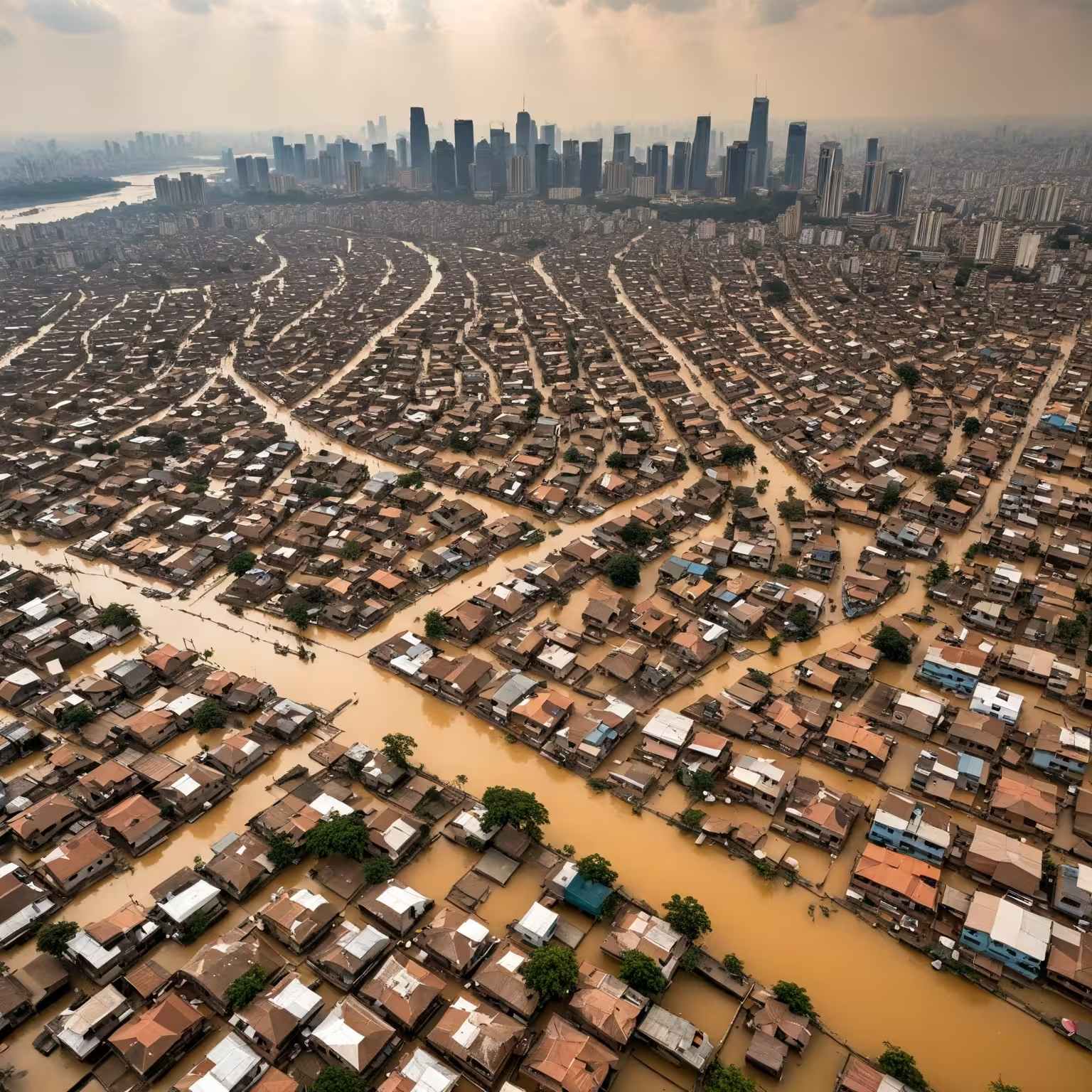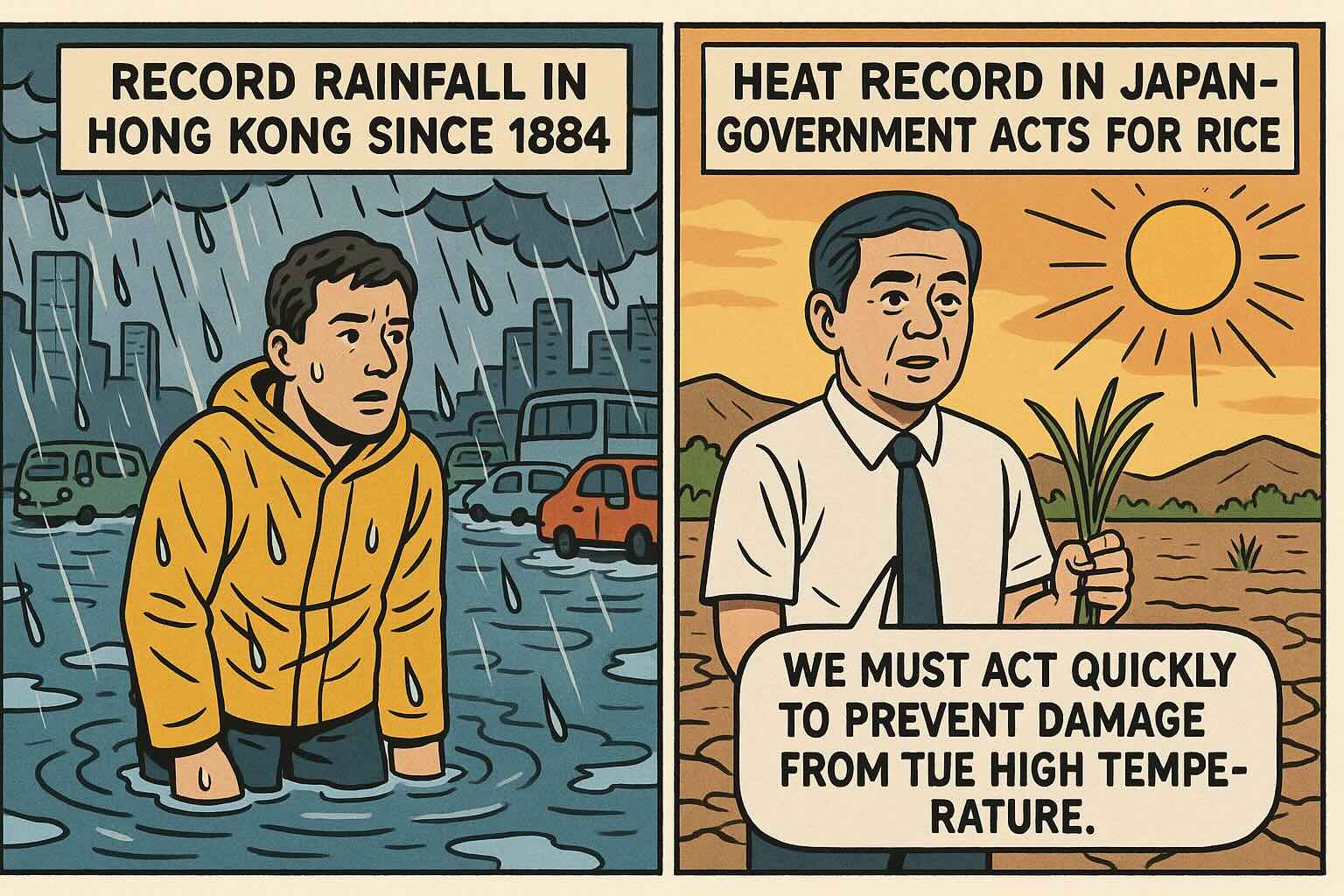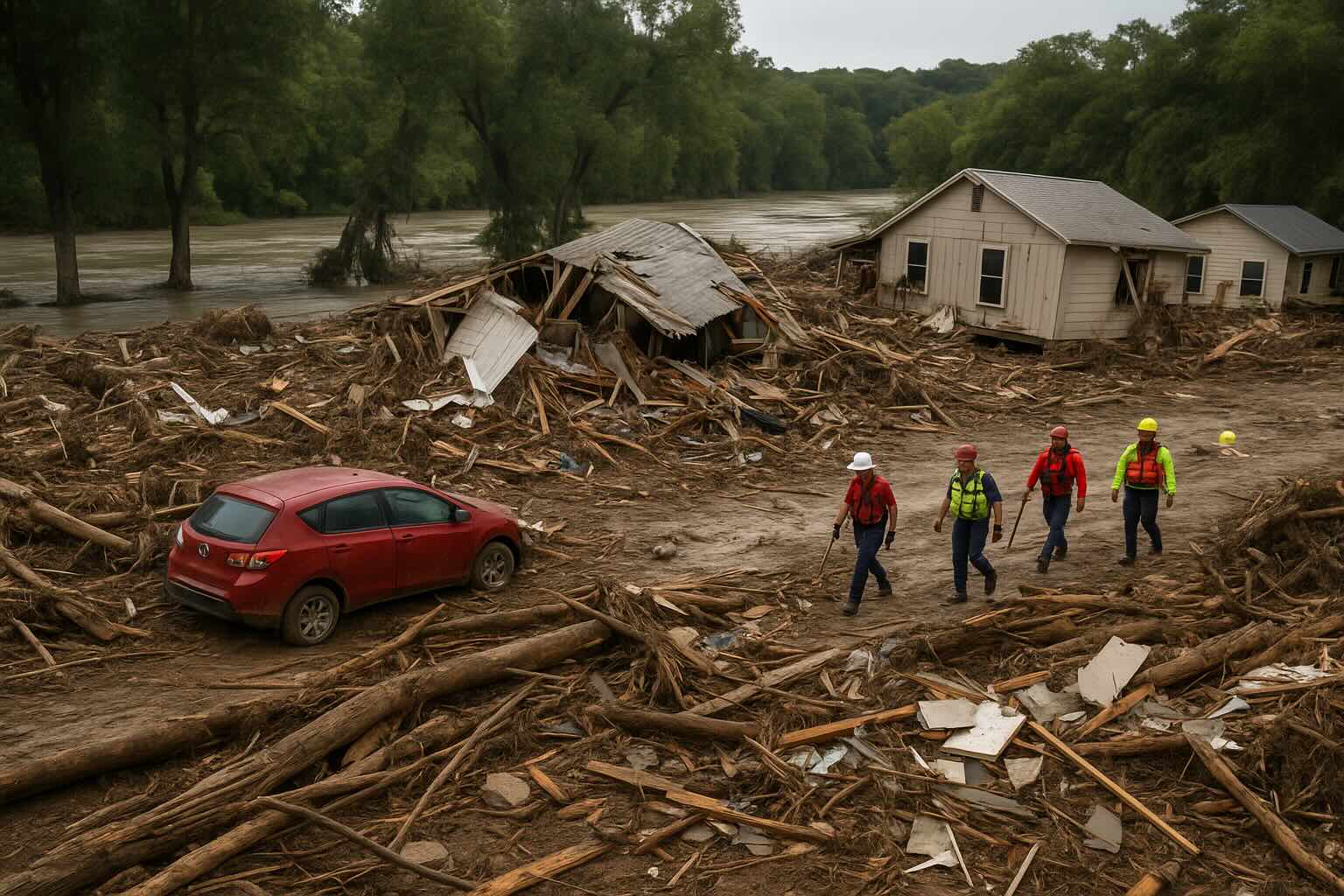Climate Change and Urban Vulnerability: Who Is Ready and Who Is at Risk?
Climate change is one of the greatest challenges of our time, and the ability to adapt to its effects varies significantly between cities worldwide. While some cities lead the way in protecting their residents and infrastructure, others struggle to manage the growing risks. Let us explore which cities are best prepared, which are most vulnerable, and the costs these challenges may impose on both cities and their inhabitants.
Cities Leading the Way
Norrköping, Sweden
Norrköping has been named Sweden's most climate-adapted municipality due to its long-term efforts in climate adaptation. By prioritising measures politically and working towards common goals, the city demonstrates that small but strategic investments can create a resilient future. So far, the costs of climate adaptation have remained manageable thanks to early interventions.
Copenhagen, Denmark
Having experienced severe flooding, Copenhagen has developed innovative solutions such as green roofs, water parks, and smart urban planning. These measures not only reduce climate-related risks but also improve the city’s quality of life. The investments have been substantial, but they are expected to save billions in future damages.
Singapore
Singapore is another city taking climate threats seriously. With advanced drainage systems and protective barriers against rising sea levels, the city has shown that technical solutions can make a significant difference, even for a city with limited physical space. While the costs of these measures are high, they are seen as necessary investments to safeguard the city’s economy and residents.
Rotterdam, Netherlands
Rotterdam is perhaps Europe’s most iconic example of climate adaptation. From floating houses to flood barriers and eco-friendly infrastructure projects, the city has become a model for other coastal cities. Despite the high initial costs of innovative solutions, Rotterdam has managed to minimise the economic risks of future disasters.
Tokyo, Japan
Tokyo faces risks from typhoons and flooding due to heavy rainfall. The city has invested heavily in infrastructure, including underground reservoirs and advanced flood control systems. These measures have reduced damage and economic loss significantly, though they come at a high upfront cost.
Melbourne, Australia
Melbourne is tackling rising temperatures and water scarcity by focusing on urban greening and sustainable water management. The city has introduced innovative projects like using stormwater to irrigate parks. These measures help protect residents while improving liveability.
Vancouver, Canada
Vancouver has been proactive in addressing climate change with policies aimed at reducing greenhouse gas emissions and adapting to sea level rise. The city’s investment in green infrastructure and public engagement has made it a leader in climate resilience.
Cities Falling Behind
Karachi, Pakistan
Karachi suffers from increasingly intense heatwaves that have already caused thousands of deaths. Despite being one of the world’s fastest-growing cities, it lacks sufficient resources to address extreme temperatures. This results in social and economic costs for residents, such as higher electricity bills for cooling and reduced productivity.
Lagos, Nigeria
Located on the coast, Lagos is highly vulnerable to rising sea levels. Without significant action, large parts of the city could become uninhabitable in the near future, affecting millions of residents. The costs of protecting Lagos are estimated to be astronomical, but a lack of resources and planning exacerbates the problems.
Valencia, Spain
Despite being in a developed country, Valencia struggles with recurring floods that have caused extensive damage and fatalities. The need for a more effective water management system is urgent, and ignoring the problem could lead to significant economic costs for both the city and its residents.
New York, USA
New York has already experienced catastrophic consequences of climate change, such as Hurricane Sandy in 2012. Despite some improvements in infrastructure, gaps remain in protecting the city’s most vulnerable areas. Economically, New York has spent billions on recovery efforts, and future adaptation measures will require even larger investments.
Berlin, Germany
Summers in Berlin are becoming increasingly hotter, causing severe health issues for the city’s residents. Efforts to address heat have been slow and insufficient, leaving the city at risk of greater impacts from extreme weather events. This leads to higher healthcare costs and reduced productivity among its residents.
Jakarta, Indonesia
Jakarta faces severe flooding and is sinking due to over-extraction of groundwater. The government has even proposed relocating the capital to Borneo. For residents, the economic costs are overwhelming, with frequent damage to property and loss of income.
Dhaka, Bangladesh
Dhaka is one of the most densely populated cities in the world and is highly vulnerable to rising sea levels and intense flooding. Limited infrastructure and resources leave millions at risk, with devastating impacts on health, housing, and livelihoods.
Miami, USA
Miami faces rising sea levels and frequent hurricanes, putting its infrastructure and tourism-based economy at significant risk. Many areas have become so flood-prone that residents face skyrocketing insurance costs or find it impossible to insure their properties.
The Cost of Climate Change
For cities that fail to adapt to climate change, the economic consequences can be immense. Infrastructure destroyed by floods, healthcare costs from heat-related illnesses, and lost productivity are just some of the challenges ahead. For residents, costs may include higher insurance premiums or, in some cases, the inability to insure property in particularly vulnerable areas. This is already a reality in parts of the world where the effects of climate change make certain regions so high-risk that insurance companies simply withdraw.
Cities investing in climate adaptation often view it as economic insurance for the future. Despite high initial costs, research shows that every dollar spent on preventive measures can save up to seven times as much in future expenses.
What Can We Learn?
The disparities between these cities show that adapting to climate change is not just about financial resources but also about political will, innovation, and collaboration. Cities like Copenhagen and Singapore offer inspiring examples of what is possible, while cities like Lagos and Karachi remind us of the importance of global solidarity and support.
The faster cities invest in long-term climate adaptations, the better their chances of protecting their residents and creating sustainable environments for the future. The question is no longer whether we should adapt, but how quickly we can do so.






